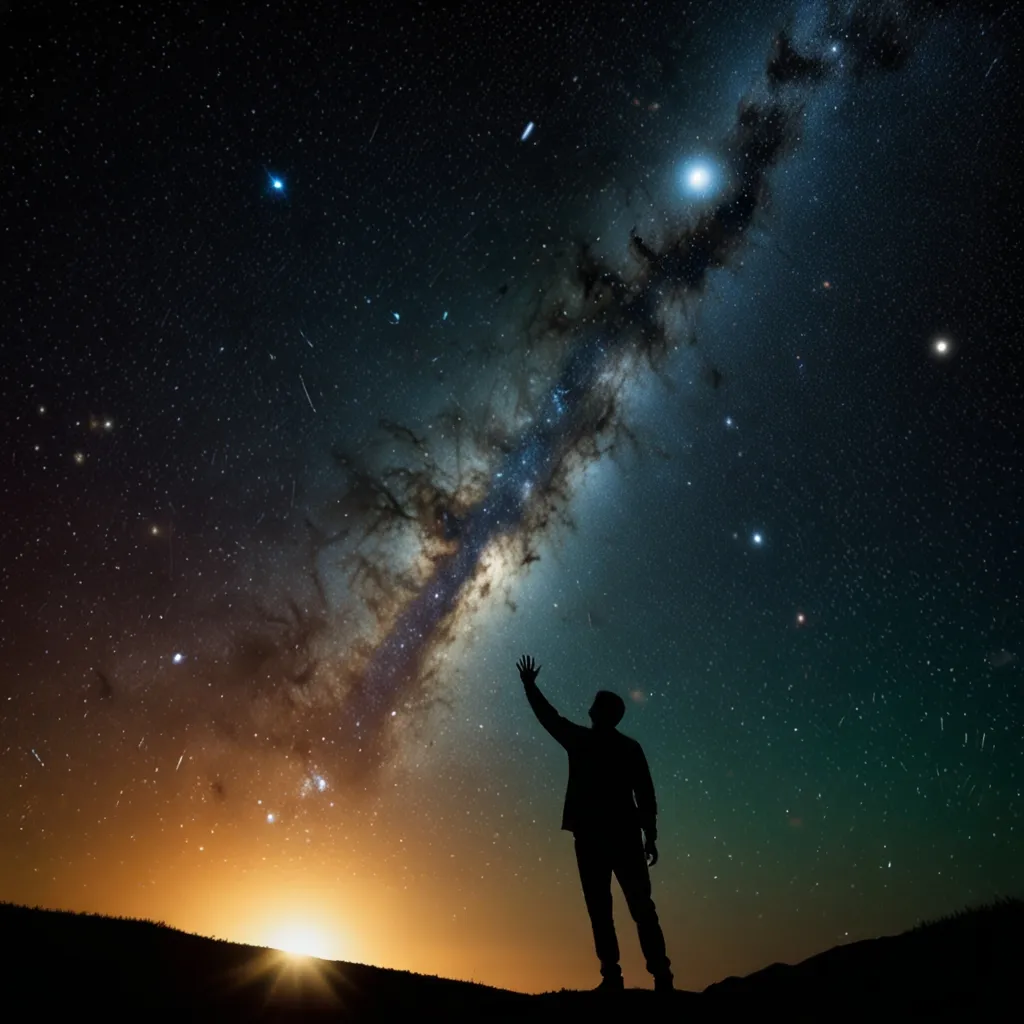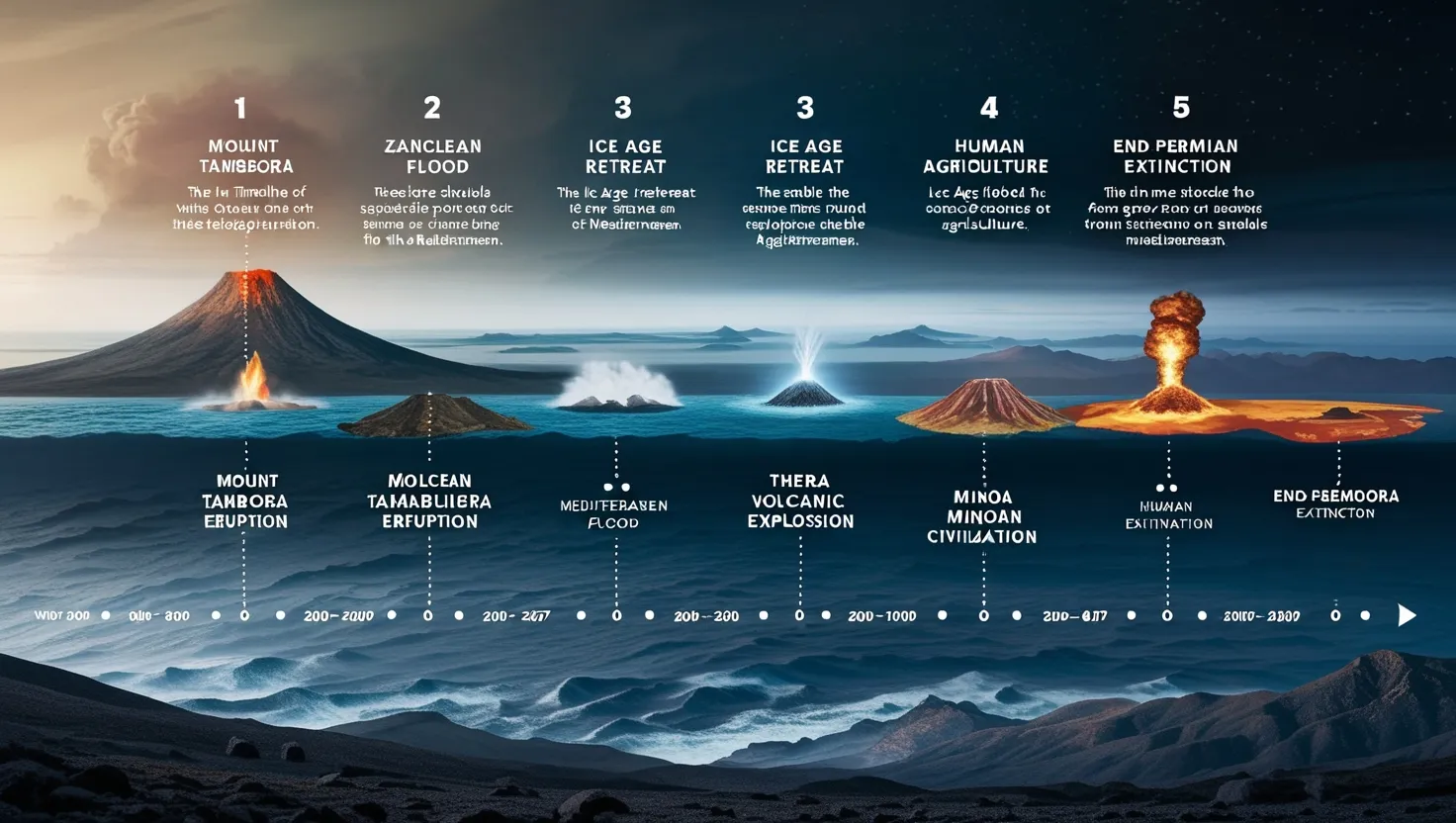Imagine you’re on a train speeding at 100 kilometers per hour. You toss a ball ahead at 20 kilometers per hour. To you, it’s just the ball moving at 20 kilometers per hour. But to someone standing still, it’s racing at 120 kilometers per hour—that’s the ball’s speed added to the train’s speed. Simple, right? Well, Einstein flipped this logic on its head when it comes to light. If you were zipping along in a car at the same speed and switched on your headlights, the light from them would travel at its constant speed, unaffected by your car’s motion. Whether you’re moving or not, light remains constant in its speed for all observers.
This constancy profoundly changes how we see the universe. The farther we look into space, the further back in time we peer. This is because light from distant stars and galaxies has traveled vast distances over long periods, giving us glimpses into the past. The night sky, therefore, becomes a cosmic time machine.
Peering far enough into the cosmos reveals the Cosmic Microwave Background (CMB)—a uniform glow of low-level radiation. It’s essentially the oldest light in existence, carrying invaluable clues about the universe’s infancy. Initially, the universe was a dense and hot opaque fog. Around 380,000 years after the Big Bang, it cooled enough for atoms to form, turning the foggy cosmos transparent and allowing light to travel freely.
But there’s more. This primordial light has stretched over billions of years due to the universe’s expansion, shifting from the visible spectrum to microwaves. Despite this stretching, the spectrum of this ancient light perfectly fits the black body radiation curve—a theoretical perfect emitter of radiation. The CMB’s temperature today is an almost perfect 2.726 Kelvin above absolute zero, showing a uniformity in the early universe.
Yet, this early universe wasn’t a monotonous soup. Tiny fluctuations existed, setting the stage for the formation of galaxies and clusters. These slight temperature variations in the CMB—about one part in 100,000—led to the gravitational clumping that shaped the universe’s structure as we see it today.
Such insights about cosmic evolution give credence to the theory of cosmic inflation—a rapid, exponential expansion of the universe right after the Big Bang. This inflation smoothed out any large-scale irregularities, leaving behind only those tiny quantum fluctuations. These were the seeds for the complex cosmic structures we now observe.
The light from the CMB also tells us about the shape of the universe. Evidence points to it being flat in four dimensions—a kind of geometric flatness that means parallel lines never converge or diverge over cosmic distances. Observations from missions like WMAP and Planck reveal that the universe sits precisely at this critical density, confirming this flatness.
The detection of the CMB itself serves as strong evidence for the Big Bang theory, suggesting that the universe began from a hot, dense state and has been expanding and cooling ever since. While we can’t see past the 380,000-year mark post-Bang with light, gravitational waves offer a tantalizing possibility. These ripples in spacetime might someday reveal even more about the universe’s earliest moments.
In essence, this ancient light and its study are like peeling back layers of time, offering glimpses into the universe’s grand narrative. The sky, awash with this cosmic microwave glow, speaks volumes about where we come from and how the universe has evolved into its current state.






